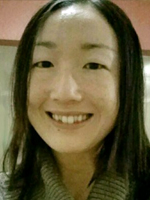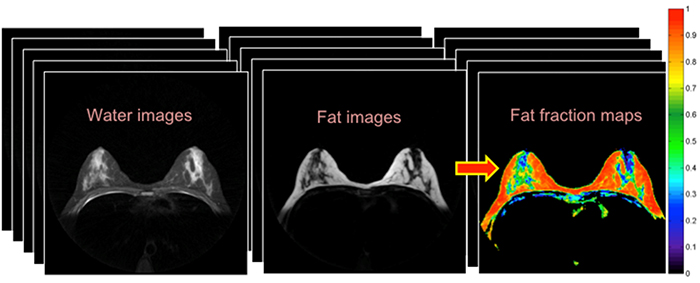Tomoe Hagio
 Tomoe Hagio is a Ph.D. candidate in the Biomedical Engineering Graduate Interdisciplinary Program. She has been working at the MRI research lab led by Dr. Maria Altbach. Her research involves development of fast image acquisition techniques, sparse image reconstruction algorithms, and parameter mapping methods for the clinical MRI system. Tomoe has worked on various interdisciplinary projects with many collaborators from different fields of science (i.e. researchers and physicians).
Tomoe Hagio is a Ph.D. candidate in the Biomedical Engineering Graduate Interdisciplinary Program. She has been working at the MRI research lab led by Dr. Maria Altbach. Her research involves development of fast image acquisition techniques, sparse image reconstruction algorithms, and parameter mapping methods for the clinical MRI system. Tomoe has worked on various interdisciplinary projects with many collaborators from different fields of science (i.e. researchers and physicians).
Tomoe’s dissertation work involves the development of imaging tools to study the efficacy of a new breast cancer preventative treatment using MRI-based biomarkers that is related to breast density (BD). High mammographic BD has been known as a cancer risk biomarker for many years. However, the quantitative analysis of mammographic BD has not been done in a longitudinal study due to risks associated with the increased exposure to ionizing radiation.
As an alternative, fast and non-invasive MRI method, developed in Dr. Altbach’s lab, is used to quantify the different components in breast tissue (i.e. water and fat as in the Figure below). Using the uniquely acquired data sets, images of different tissue components can be reconstructed. The parameter maps are then estimated by fitting the images to mathematical signal models that are derived based on the MRI physics. These parameter maps serve as surrogate biomarkers of BD to monitor new therapies in patients with high risks for the recurrent breast cancer.
Tomoe’s role in the project is to develop image analysis tools to accurately and reproducibly evaluate these parameters in vivo, and to solve current challenges in the spectrum of imaging and parameter estimation.

Figure. Example water and fat images reconstructed from data acquired with “fat-water method” are shown. Using the images, a parameter map can be yielded to quantitatively analyze the data sets.

